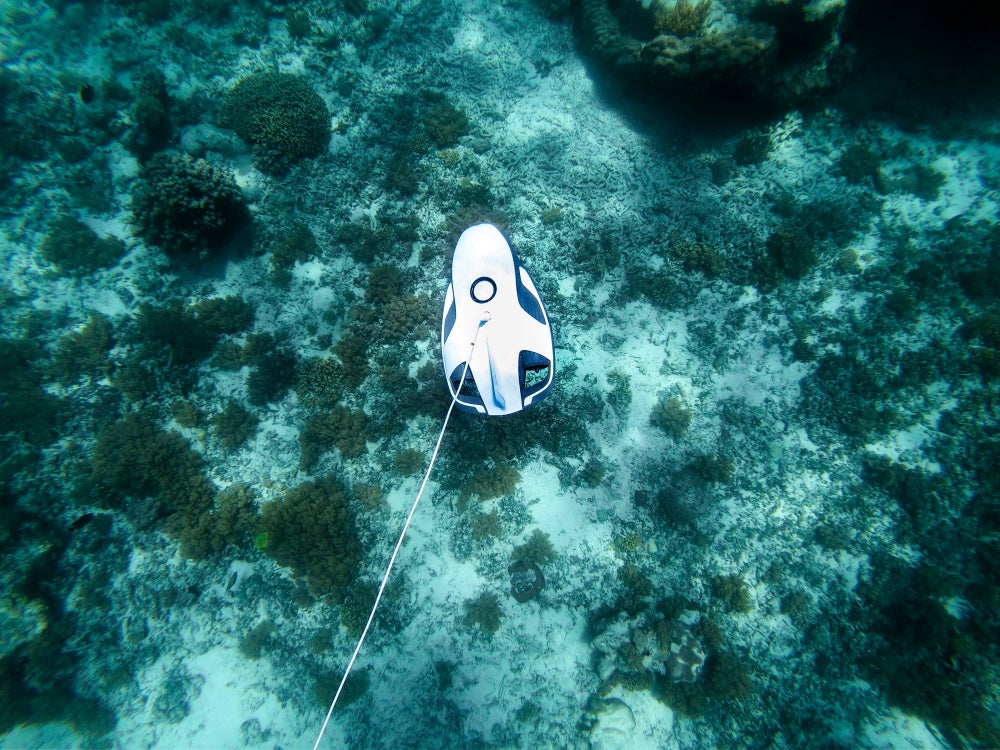Corning has filed a patent for glass compositions designed for thermal tempering. The glass has high coefficients of thermal expansion and low fracture toughness, making it ideal for producing a “dicing” pattern when tempered. The patent also includes a method for making the glass article. GlobalData’s report on Corning gives a 360-degree view of the company including its patenting strategy. Buy the report here.
According to GlobalData’s company profile on Corning, Ceramic membrane fuel cells was a key innovation area identified from patents. Corning's grant share as of September 2023 was 45%. Grant share is based on the ratio of number of grants to total number of patents.
A recently filed patent (Publication Number: US20230312395A1) describes a method for making a glass article with specific composition and properties. The method involves mixing and melting various constituents to form a glass melt. The batch constituents include a range of mol percentages of SiO2, Al2O3, alkaline earth oxides (such as MgO, CaO, BaO, or SrO), K2O, and B2O3. The melt is then formed into glass sheets and thermally tempered. The glass sheets meet the dicing standard ASTM C1048 after the thermal tempering process.
The method includes specific temperature and time parameters for maintaining the melt during the mixing and melting process. The melt is held at temperatures ranging from 1100-1650°C for about 6-16 hours. The glass sheets are subsequently annealed at temperatures of about 500-650°C, held at temperature for about 1 hour, and then cooled for at least 6 hours.
The composition of the glass can vary within certain ranges. The mixing process may include the addition of Na2O, with the total (Na2O+K2O) ranging from 8 to 22 mol %. The glass has a low temperature coefficient of thermal expansion from 25°C to 300°C, greater than 75×10-7 ppm/°C, and a high temperature coefficient of thermal expansion greater than 250×10-7 ppm/°C. The glass also has a fracture toughness, K1c, less than 0.65 MPa·m1/2. The viscosity of the glass varies at different temperatures, with a viscosity of 200 kP at a temperature within the range of 1000-1200°C and a viscosity of 35 kP at a temperature within the range of 1100-1300°C.
In addition to the method described above, the patent also includes a method for making a glass article with specific properties related to depth of compression and surface compressive stress. The glass composition includes a range of mol percentages of SiO2, Al2O3, alkaline earth oxides, K2O, and B2O3. The glass has a depth of compression of at least about 10 microns, extending up to about 25% into the glass as measured by thickness from surface to center. The glass also has a surface compressive stress of at least 250 MPa and meets the dicing standard ASTM C1048.
Overall, this patent describes methods for making glass articles with specific compositions and properties, including thermal tempering, low and high temperature coefficients of thermal expansion, fracture toughness, viscosity, depth of compression, and surface compressive stress. These methods may have applications in various industries that require glass with specific characteristics.
To know more about GlobalData’s detailed insights on Corning, buy the report here.
Premium Insights
From

The gold standard of business intelligence.
Blending expert knowledge with cutting-edge technology, GlobalData’s unrivalled proprietary data will enable you to decode what’s happening in your market. You can make better informed decisions and gain a future-proof advantage over your competitors.




